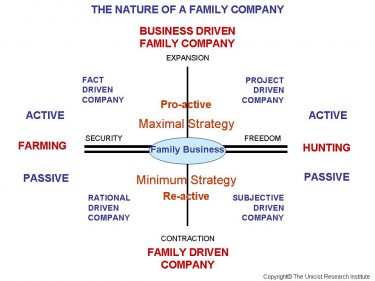Adaptive behavior assessment: the Unicist Japanese Park
The Unicist Japanese Park is a method that has been used since 1976 to evaluate the natural behavior when people are part of adaptive systems. It has been used to validate cultural archetypes, institutional cultures and personal behavior.
 The purpose of this method is to find the natural organization that is used by people that demonstrates how they deal with their functionality to add value and to earn value.
The purpose of this method is to find the natural organization that is used by people that demonstrates how they deal with their functionality to add value and to earn value.
It is based on building an emulation of a real adaptive system to integrate people in it and evaluate the functionality of their behavior. The emulation of the adaptive system needs to be defined knowing the operational and fundamental aspects that are included.
The first aspect that needs to be evaluated is how people focus their energy towards the generation of added value and measure how they assure the results. This allows defining the starting point of the value adding actions.
The second aspect to be assessed is how people deal with their efficacy, efficiency and quality assurance. This allows defining how people deal with their minimum strategies to be reliable.
This method provides reliable information of what happens naturally in an environment.
Diego Belohlavek
NOTE: The Unicist Research Institute was the pioneer in using the unicist logical approach in complexity science research and became a private global decentralized leading research organization in the field of human adaptive systems. It has an academic arm and a business arm.
http://www.unicist.org/repo/#Unicist





